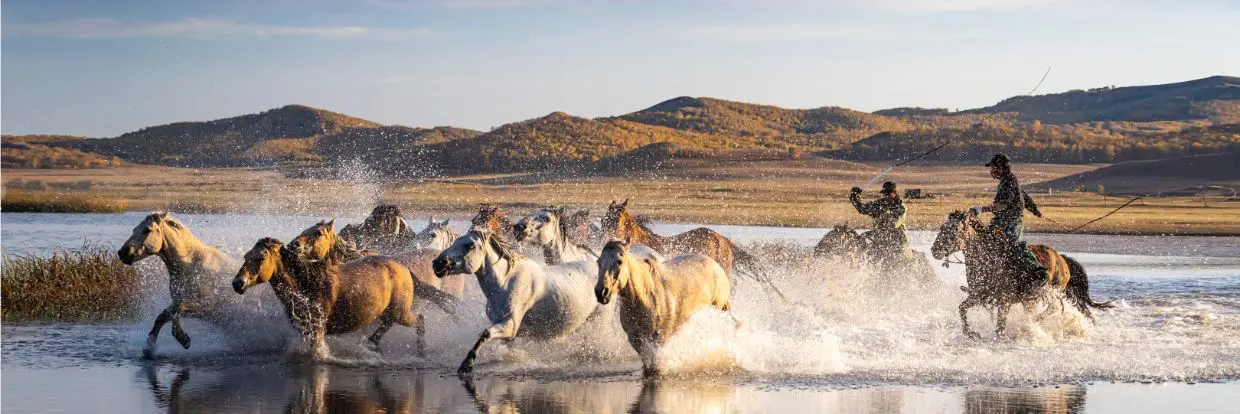How about a trip to Mongolia

 A Brief Summary
A Brief Summary
Mongolia is big. And Empty. It is 6 times larger than the UK, but with the population smaller than that of South London, and nearly half of those live in the capital, Ulaanbaatar (other spellings are available!), a city which formerly held the crown as the centre of one of the greatest Empires in history, the Mongol Empire. So if you want a trip somewhere you’re highly unlikely to have that awkward “bump into your neighbour, or colleague” moment, Mongolia is a strong choice!
Aside from that unusual, but plausible reason, there is a lot more to attract you to this glorious country. For starters, it’s capital, Ulaanbaatar (UB). If you’re an international traveller, you will arrive here, there is simply no other way to fly in, and given it houses nearly half the country’s population, it won’t be a surprise that there is plenty to do here. Renowned for its museums, monasteries, great food and its location only a short drive away from some superb hiking trails and panoramic views of the city.
A little further afield (quite a lot further actually), on the Kazakh, Russian and Chinese border, lies Mongolia’s highest peak and largest Glacier as part of the Altai Mountains, with views from the upper portions that stretch for almost an eternity in every direction.
The other natural wonder of Mongolia is the Gobi Desert to the south and surrounding vast expanses of rolling plains. Unlike the Sahara, Australian Outback or Arabian Desert, this is often a cold, windy and wild place, with only nomadic people occasionally frequenting. Life is seriously challenging here, but utterly spectacular.
Nomadic life is how everyone outside of UB live and it is well worth finding a guide or someone to show you around for a few days and experience their way of living. It is wild, remote and rugged, but in so many ways, it is fulfilling and enviable too.
 Location
Location

 About the Weather
About the Weather
A very cold, very dry region of the world, home to the world’s coldest capital city (Ulaanbaatar) and the world’s second largest cold desert (The Gobi). Winters here last from late Oct to early Apr, during which time days average -12°c and nights around -23°c, but with temperatures lower than -30°c seen frequently. Days above 0°c during this time are rare. Rain or snow is almost non-existent throughout the winter with skies often clear and the weather sunny, albeit with cold winds exacerbating the raw temperatures. Spring and Autumn are very short transition periods that link the long cold winter and short, warm summers. Jun to Aug sees temperatures average 23°c by day and 11°c by night, with highs above 30°c not unknown from May to Sep. Rain does fall in summer in short, intense showers. Spring is the sunniest season with 9-10 hours sunshine a day. All other seasons are sunny or bright with 6-8 hours sunshine a day
 Travel by Air (from UK)
Travel by Air (from UK)
Direct Flight
Yes
Long Haul
10 hours
(Avg from UK)
 Travel by Air (from UK)
Travel by Air (from UK)
will take approx...
Ultra Long Haul
 Weather Summary
Weather Summary
Average Rainfall
(per month)
64mm
Average Sunlight
(per day)
8 (hrs)
Average High Temperature
24.5°C
Average Low
12.9°C
 Cost of living
Cost of living
 Alcohol
Alcohol
 Crime
Crime
 LGBTQ+
LGBTQ+
 Visas
Visas
So does that sound good? If so, it’s time to get booking and get out there!
Trippee is proud to partner with some of the best names in the travel industry, and we only work with accredited and licensed companies so you can always feel safe trusting a link from us.

